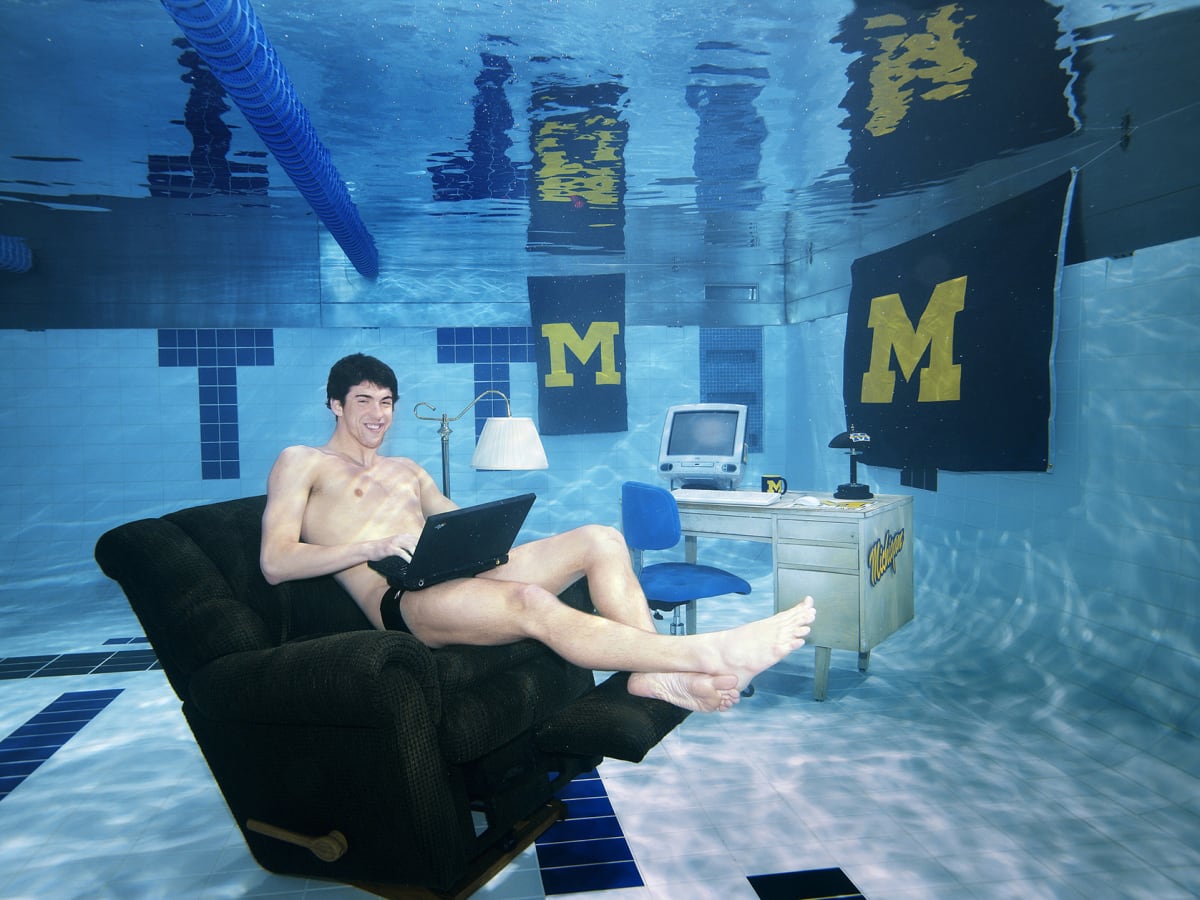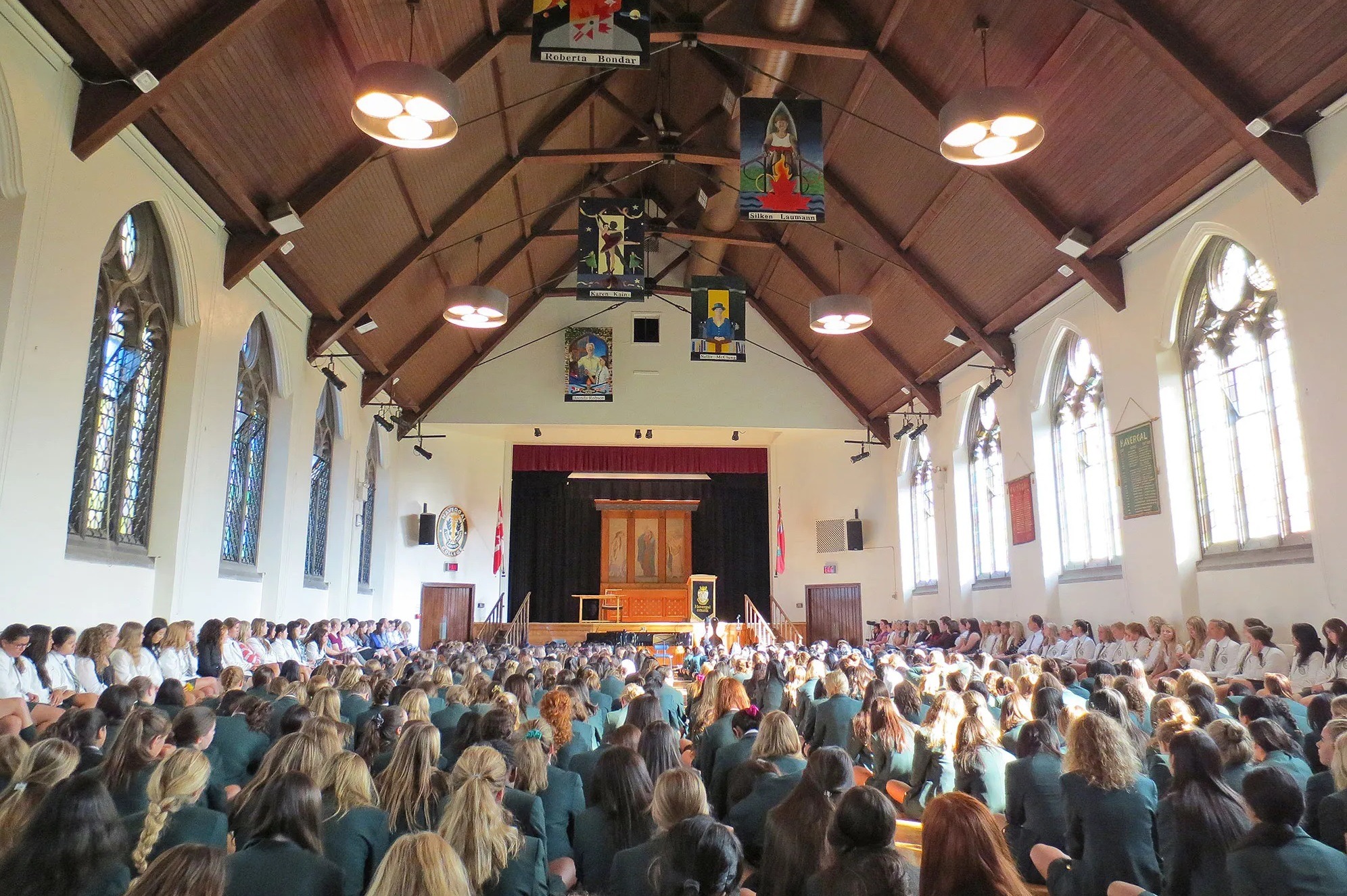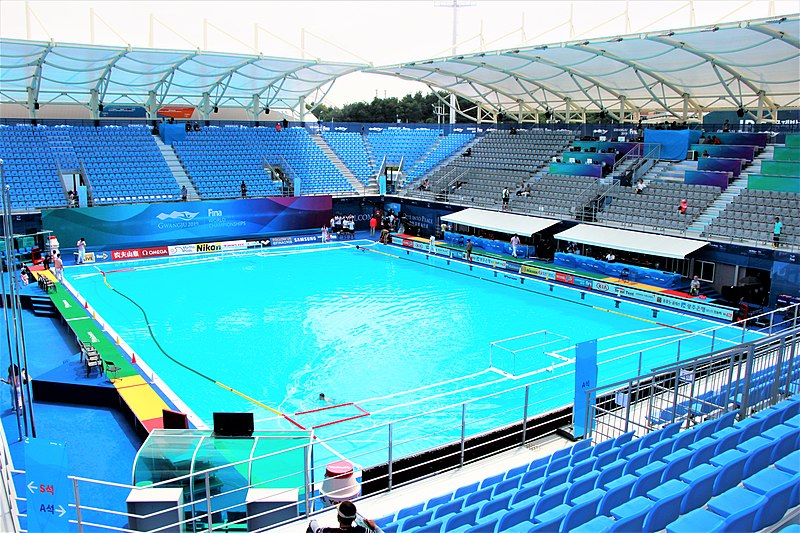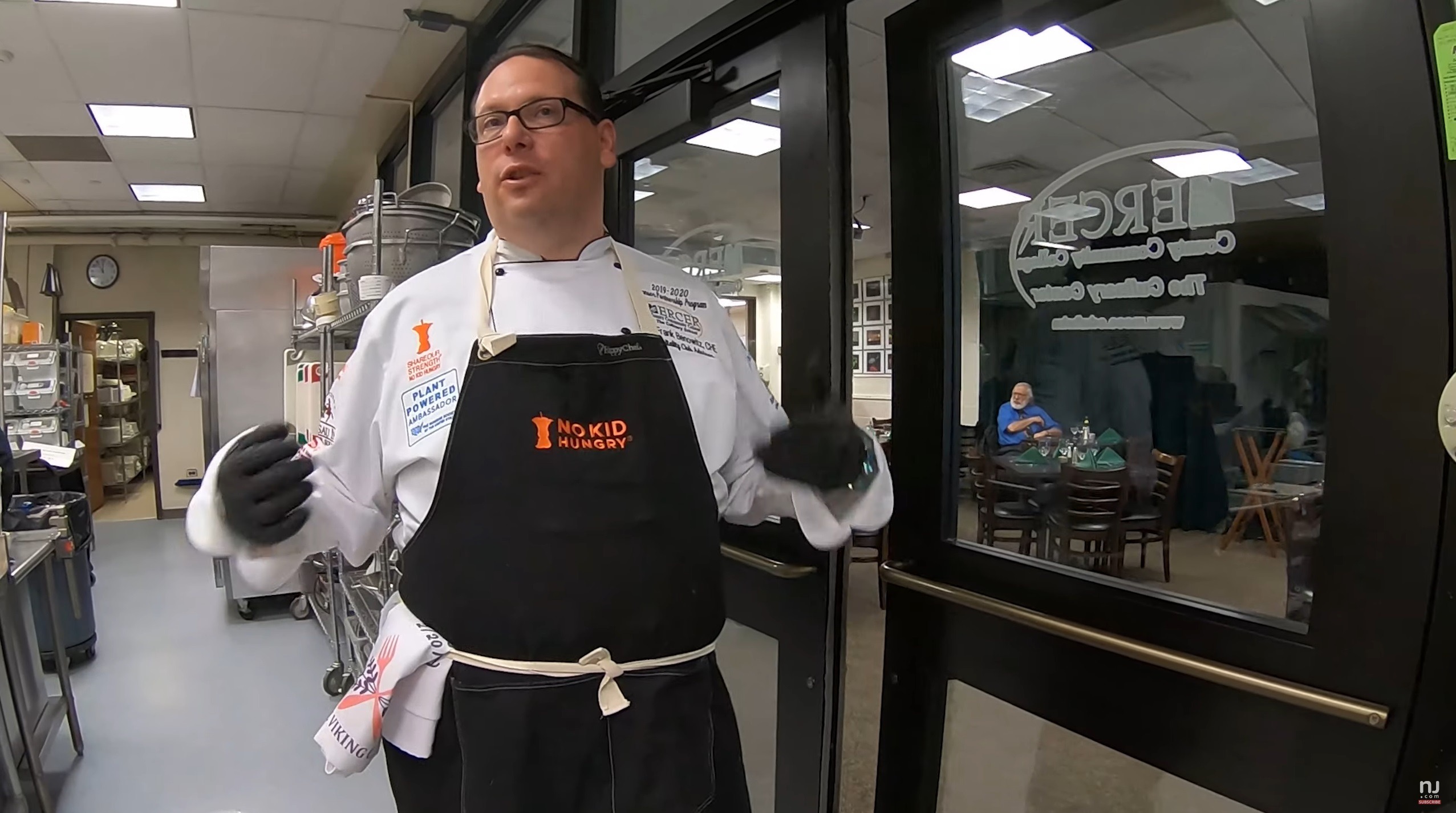The Best Student-Friendly Brownies
- Home Page 134

Fall Watersport
Athletic Competition Timing Standards
Today we update our understanding of best practice catalogs for outdoor and indoor watersport; primarily swimming and rowing. Use the login credentials at the upper right of our home page.
Michael Phelps Named No. 1 Athlete of Century By ESPN – https://t.co/ABuAyuQJBy pic.twitter.com/0swFlxT6ei
— Swimming World (@SwimmingWorld) July 18, 2024
Swimming like a poem …pic.twitter.com/zT2YUVEzoP
— Figen (@TheFigen_) September 21, 2024
USA Swimming and the National Collegiate Athletic Association Swimming are two distinct organizations that oversee different aspects of competitive swimming in the United States. USA Swimming governs competitive swimming in the United States across all age groups and skill levels, while NCAA Swimming specifically focuses on collegiate-level swimming and diving competitions within the NCAA framework. Both organizations play crucial roles in the development and promotion of swimming in the United States.
Governing Body:
USA Swimming is the national governing body for the sport of swimming in the United States. It is responsible for overseeing competitive swimming at all levels, from grassroots programs to elite national and international competitions.
NCAA Swimming: NCAA Swimming is part of the National Collegiate Athletic Association (NCAA), which governs intercollegiate sports in the United States. NCAA Swimming specifically deals with collegiate-level swimming competitions among universities and colleges.
Scope:
USA Swimming is responsible for organizing and regulating competitive swimming for all age groups and skill levels, from youth swimmers to Masters swimmers (adults). It oversees swim clubs, hosts competitions, and develops national teams for international events.
NCAA Swimming: NCAA Swimming focuses exclusively on college-level swimming and diving competitions. It sets the rules and guidelines for swimming and diving programs at NCAA member institutions.
Membership:
Individuals, swim clubs, and teams can become members of USA Swimming, allowing them to participate in USA Swimming-sanctioned events, access coaching resources, and benefit from the organization’s development programs.
NCAA Swimming: NCAA Swimming is composed of collegiate athletes who compete for their respective universities and colleges. Athletes are typically student-athletes who represent their schools in NCAA-sanctioned competitions.
Competition Format:
USA Swimming hosts a wide range of competitions, including local, regional, and national meets, as well as Olympic Trials and international events. Swimmers compete as individuals, representing their swim clubs or teams.
NCAA Swimming: NCAA Swimming primarily consists of dual meets, invitational meets, and conference championships at the collegiate level. Swimmers represent their respective universities or colleges, earning points for their teams in dual meets and competing for conference and national titles.
Scholarships:
USA Swimming itself does not offer scholarships. Scholarships for competitive swimmers are typically awarded by colleges and universities based on an athlete’s performance and potential.
NCAA Swimming: NCAA member institutions offer scholarships to talented student-athletes in various sports, including swimming. These scholarships can cover tuition, room, board, and other expenses, making NCAA swimming an avenue for athletes to receive financial support for their education.
Turning our pool deck into a GYM 🤙🏋️♀️ pic.twitter.com/vfilShA8Ef
— Bobby Guntoro (@bobbygunt) September 25, 2023
Your call 📱 pic.twitter.com/4ubIUklHCi
— uncwswimdive (@uncwswimdive) July 9, 2024
The moment a father consoles daughter after missing out on olympics medal
pic.twitter.com/kSHd4AIH4Z— Science girl (@gunsnrosesgirl3) August 8, 2024
We Plough the Fields and Scatter
The lyrics were originally written in German by poet Matthias Claudius in 1782 as part of a larger work titled “Paul Erdmanns Fest” which reflects an appreciation for the agricultural cycle. The hymn was later translated into English by Jane Montgomery Campbell in 1861. The melody most commonly associated with the hymn is a traditional German tune, adapted by Johann Abraham Peter Schulz.
The hymn expresses gratitude for the earth’s bounty and acknowledges God as the ultimate provider of all good things. Its verses celebrate the act of sowing and reaping, emphasizing the cooperation between human effort and divine blessing. “We Plow the Fields and Scatter” has become a staple in Christian liturgy, particularly during harvest celebrations and Thanksgiving services, symbolizing a collective acknowledgment of and thanks for God’s abundant gifts.
Water Polo
A standard water polo pool playing field has specific characteristics and dimensions regulated by the sport’s governing bodies, such as Fédération Internationale de Natation with regional variations informed by student athlete safety. There are about 750 high school girls and boys girls water polo programs in the US and about 70 collegiate teams. Here are the key features:
Pool Dimensions
- Length: The playing area is typically 20 to 30 meters long.
- Width: The playing area is 10 to 20 meters wide.
- Depth: The minimum depth is 1.8 meters (about 6 feet) to ensure players cannot touch the bottom.
Goal Dimensions
- Width: The goals are 3 meters wide.
- Height: The goals are 0.9 meters high.
Markings and Zones
- Midline: The center of the pool has a midline to divide the playing area into two halves.
- 5-Meter Line: There are lines marked at 5 meters from each goal line, used to indicate where penalty shots can be taken.
- 2-Meter Line: There are lines marked at 2 meters from each goal line, inside which attacking players cannot remain for more than a few seconds without the ball.
Goals and Nets
- Goalposts and Crossbar: The goals are constructed with goalposts and a crossbar, usually made of metal or a similar sturdy material.
- Nets: Attached to the goals to catch the ball.
Ball Specifications
- Size: The ball has a circumference of 0.68 to 0.71 meters for men and 0.65 to 0.67 meters for women.
- Weight: The ball weighs between 400 and 450 grams.
Additional Features
- Team Benches: Located on the pool deck for players not in the water.
- Shot Clocks: To keep track of the possession time, typically set to 30 seconds.
- Scoreboards: To display the game score, time remaining, and other relevant information.
Water Temperature
- Temperature: The water temperature is usually maintained between 25-28°C (77-82°F) to ensure player comfort.
Related Water Standards
“Jubilee” George Whitefield Chadwick
This content is accessible to paid subscribers. To view it please enter your password below or send mike@standardsmichigan.com a request for subscription details.
LIVECAM: Timber Construction
Timber construction offers numerous benefits for university buildings, combining sustainability, aesthetics, and functionality. One of the primary advantages is its environmental impact. Timber is a renewable resource, and modern forestry practices ensure sustainable harvesting. Timber construction also has a lower carbon footprint compared to steel or concrete, as it sequesters carbon dioxide, helping mitigate climate change.
Aesthetically, timber provides a warm, natural look that can enhance the campus environment, creating inviting and inspiring spaces for students and faculty. It can be used in various architectural styles, from traditional to contemporary, offering versatility in design.
Functionally, timber is a strong and durable material. Engineered wood products, such as cross-laminated timber (CLT), provide excellent structural integrity, allowing for larger spans and innovative architectural designs. Timber construction is often faster than traditional methods, reducing construction time and minimizing disruption on campus.
Additionally, timber buildings offer superior thermal insulation properties, contributing to energy efficiency and reducing heating and cooling costs. The acoustic properties of wood also enhance the learning environment by dampening noise and creating quieter spaces.
Related:
Viking Cafe
Mercer County is famous for the Battle of Trenton during the American Revolutionary War. On December 26, 1776, General George Washington led a surprise attack across the Delaware River, resulting in a crucial victory against the Hessian forces stationed in Trenton. This victory boosted the morale of the Continental Army and is considered a turning point in the Revolutionary War.
Mercer County Community College Financial Statement 2023: $82,503,849
2024 International Fire Code: Section 606 Commercial Cooking Equipment and Systems
Culinary Students Taught to Cook Up Plant-Based Cuisine
Testing, Inspection & Certification
The size of the U.S. Testing, Inspection, and Certification (TIC) industry is approximately $48.19 billion in 2023 and is projected to grow to about $60.06 billion by 2032. The industry is driven by factors such as increasing government regulatory action, consumer awareness about safety, and the rising need for quality assurance in various sectors like automotive, healthcare, consumer goods, municipal and campus building construction. TIC standards are found in design guidelines, construction contracts, building commissioning and acceptance.
Today we focus on the public commenting facilities of the dominant standards developers relevant to our work:
ASTM International
Intertek
International Electrical Testing Association (Portage, Michigan)
NSF International (Ann Arbor, Michigan)
Underwriters Laboratories
Each of the foregoing organizations have global affiliates such as SGS, Bureau Veritas, and TÜV SÜD which we cover in a separate session at some point in the future. We deal with electrotechnical TIC standards in any of our electrotechnology-oriented sessions every Tuesday.
Use the login credentials at the upper right of our home page.
Qualification Standard for Power Plant Operators
EPRI is an independent, nonprofit organization that is primarily funded by its member utilities. These member utilities are typically electric power companies, and they contribute financially to EPRI to support its research and development activities.
While EPRI is not directly funded by the government, it does collaborate with various government agencies on research projects and receives funding for specific initiatives through government grants and contracts. Additionally, some of EPRI’s research and development efforts align with government priorities in areas such as renewable energy, environmental sustainability, and grid modernization.
Qualification Standard for Power Plant Operators
EPRI 2024 Research Portfolio: Building on Success to Drive Progress
Electrical inspectors (See NFPA 1078) typically do not have jurisdiction over electrical power plants. Electrical power plants, especially large-scale utility power plants, are subject to much more stringent regulations and oversight than regular electrical installations. The responsibility for inspecting and ensuring the safety and compliance of power plants falls under various government agencies and organizations.
In the United States, for example, power plants are subject to federal regulations set forth by the U.S. Nuclear Regulatory Commission (NRC) for nuclear power plants or the U.S. Environmental Protection Agency (EPA) for fossil fuel power plants. Additionally, state regulatory agencies and utility commissions may have their own specific requirements and oversight for power plants within their jurisdictions.
Power plants typically undergo rigorous inspections and audits to ensure compliance with safety, environmental, and operational standards. These inspections are conducted by specialized teams of engineers, experts, and representatives from relevant regulatory bodies and utilities.
While electrical inspectors may not have jurisdiction over power plants, they play a crucial role in inspecting and ensuring the safety of electrical installations in other settings, such as smaller power generation facilities (i.e. district energy plants) that are not exempted by self-assessment charters granted to many large university power plants.
Abiit sed non oblitus | James Earl Jones
Born in Tate County Mississippi. His family moved to Manistee County Michigan during the Great Northward Migration of 1910-1970 and where he began his career in the dramatic arts as a stage carpenter at the Ramsdell Theater Regional Center for the Arts. He graduated from Dickson Brethren Agricultural High School and the University of Michigan School of Music Theater and Dance, Class of 1955
Thank you for everything, James.
A statement from George Lucas and Lucasfilm: https://t.co/ieEdG0k5zY pic.twitter.com/8L99EeNwuU
— Star Wars (@starwars) September 10, 2024
Honoring the greatest voice in acting history and a Michigan icon. Rest in peace, James Earl Jones pic.twitter.com/1f9mIGC4HK
— Michigan Football (@UMichFootball) September 9, 2024
Rest in Peace Lord Vader pic.twitter.com/HsFn5bkQC0
— Empire State Building (@EmpireStateBldg) September 9, 2024
New update alert! The 2022 update to the Trademark Assignment Dataset is now available online. Find 1.29 million trademark assignments, involving 2.28 million unique trademark properties issued by the USPTO between March 1952 and January 2023: https://t.co/njrDAbSpwB pic.twitter.com/GkAXrHoQ9T
— USPTO (@uspto) July 13, 2023
Standards Michigan Group, LLC
2723 South State Street | Suite 150
Ann Arbor, MI 48104 USA
888-746-3670


























